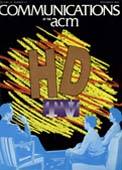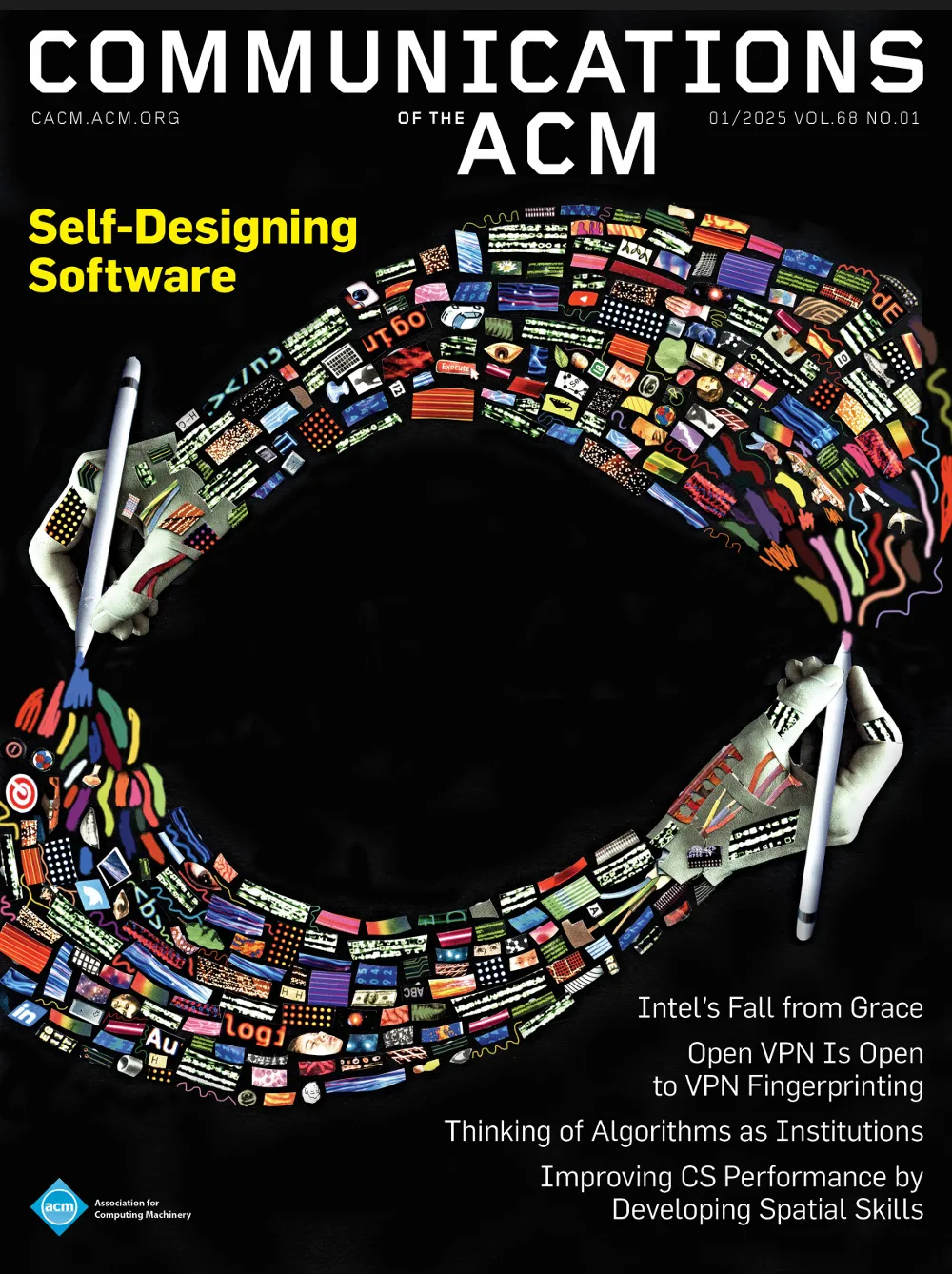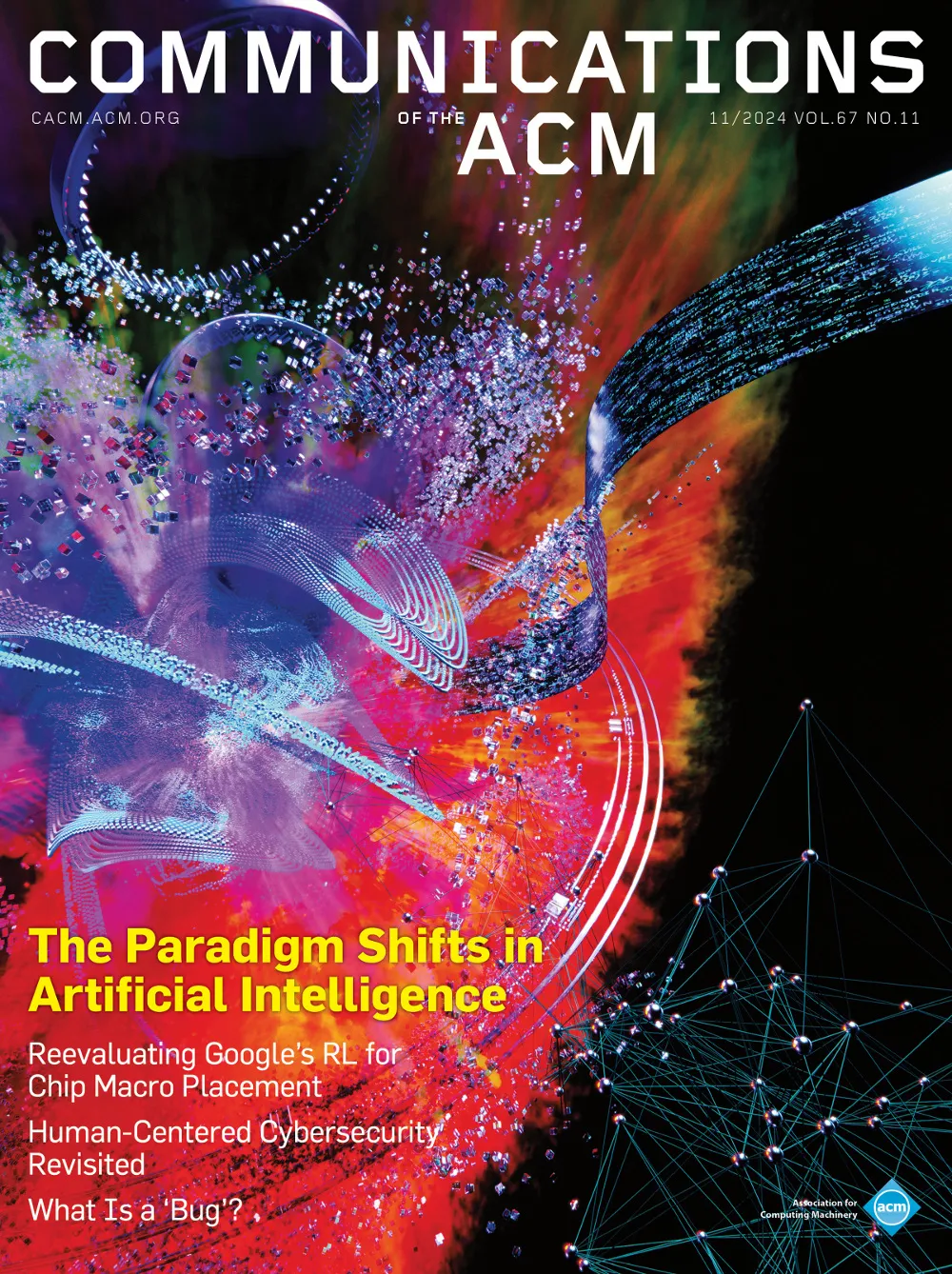November 1989 - Vol. 32 No. 11

Features
HDTV and the computer industry
In the 1940s, television and radio combinations like the one on the left were the precursors of today's "entertainment centers ." About 25 years later, black and white television gave way to color. The next leap, high resolution television coupled with CD quality stereo may be coming soon. Last April, in the deep hours of the night, NBC, Channel 4 in New York City, announced a test: viewers would witness the first broadcast of the Sarnoff Research Center's Advanced Compatible Television system. The program of choice: the Saint Patrick's Day Parade. Researchers at the Sarnoff Center in Princeton, NJ, watched the signal, which emanated from WNBC at the World Trade Center in New York, on experimental high-definition monitors. The Sarnoff group, along with ABC and General Electric's consumer electronics division, has invested $60 million to develop a system that has twice the lines of regular TV screens (1050), scans at the same rate (29.97 frames per second), and enhances the current standard signal. A planned two-step approach to advanced television, the second phase would provide greater detail to those who bought wide-screen monitors, but it still would be compatible with today's TVs.
The Sarnoff system is one of 20 advanced television research projects under way in this country, including those of the Zenith Electronics Group in cooperation with AT&T Microelectronics, Massachusetts Institute of Technology's Advanced Television Research Program, the New York Institute of Technology, the Del-Ray Group, and North American Philips. Many have applied for matching funds from DARPA, which has earmarked $30 million for the next three years—half slated for transmission research and half for display technology. As of August 1989, five companies had been granted money for display technology. Newco Inc. of San Jose, CA, Raychem Corporation of Menlo Park, CA, Texas Instruments Inc. of Dallas, TX, and Projectavision Inc. of New York will receive money for projection display systems. Photonics Technology Inc. of Northwood, OH, was selected for flat panel display technology. More money may be forthcoming, as pressure is exerted to create systems to compete with or to supplant high-definition television (HDTV) as offered by Japan's national broadcasting organization Nippon Hoso Kyokai (NHK) and Europe's Eureka systems.
User cube: a taxonomy of end users
The user cube, a precise and comprehensive graphical taxonomy designed to provide a common base for understanding and classifying end users in organizations, can be used to assess the risks associated with end-user computing.
What best predicts computer proficiency?
Identifying variables that predict computer aptitude can help educators and employers target potential students and employees. The authors examine a number of possible explanatory variables including demographic profiles, high school achievements, prior computer training and experience, cognitive styles, and problem-solving abilities.
Information technologies for the 1990s: an organizational impact perspective
When a thing is new, people say: "It is not true." Later, when its truth becomes obvious, they say: "It is not important." Finally, when its importance cannot be denied, they say: "Anyway, it is not new."
Adapted from William James
An experimental analysis of the performance of fourth generation tools on PCs
The performance of several Fourth Generation Language (4GL) tools is analyzed empirically and compared with equivalent programs written in the third generation COBOL programming language. A set of performance benchmarks consisting of thirteen separate functions is presented which encompasses the areas of simulating the operators of the relational algebra, accessing records in the database, and updating the database. This serves as a baseline for comparing the various 4GL systems.
A single adaptable user interface (AUI) which allows the user to switch between any number of different dialogue modes at any time—even in the middle of a command—can be useful to a variety of users who are neither beginners nor experts. It can also be used in applications where different dialogue modes are appropriate for the various parameters of a single command. An implemented user interface management system (UIMS) suggests the practicality of AUIs and their automatic generation.



